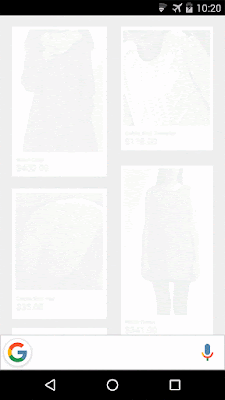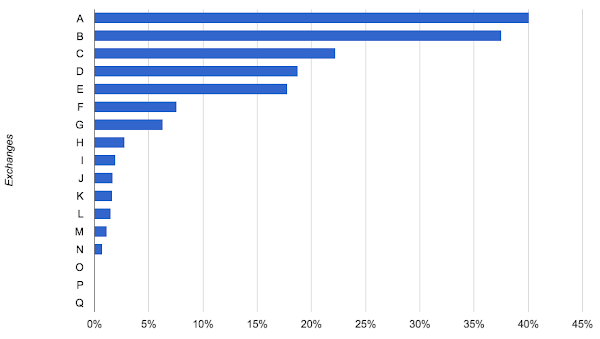Six months ago at the US DoubleClick Leadership Summit, we announced the start of testing for Programmatic Guaranteed, a new way to use programmatic pipes to execute direct deals. In this time, over 300 advertisers and 200 publishers have tested this capability, and we’ve seen impression volumes double every quarter. Based on your feedback, we’ve made several changes and significantly improved the product. So today, we’re announcing the public beta of Programmatic Guaranteed and opening it to any advertiser using DoubleClick Bid Manager or publisher using DoubleClick for Publishers*.
Programmatic direct spending was expected to reach $8 Billion in 2015 in the US alone - more than 50% of total programmatic display ad spend1. Initial steps to bring the benefits of programmatic to direct deals have been focused on automating the deal booking process. While that’s a good start, it only scratches the surface of what programmatic technology can do. The true value of programmatic direct will be achieved when the power of real-time, data-driven decisions is combined with access to brand safe, reserved publisher inventory currently available through direct sales. This will not only shorten the time it takes to book and execute high value reservations type deals, but also improve advertising performance.
That was our goal when developing Programmatic Guaranteed. It’s the only product available today that uses real-time bidding infrastructure to bring the power of programmatic to direct sales. Advertisers and agencies get access to premium guaranteed inventory with cross-campaign / advertiser optimization and frequency management across programmatic and reservation inventory. Publishers can lock in revenue through reservations, forecast against programmatic deals, and enjoy the ease of automated billing and collections. All that without the need to email tags, worry about creative controls, resolve discrepancies, or fax I/Os back and forth.
Finally, we’ve found that Programmatic Guaranteed is creating new opportunities for advertisers and publishers to connect. Here’s what some of our partners are saying about Programmatic Guaranteed:
“The way we stay ahead is by constantly experimenting and pushing technology to work for us. With Programmatic Guaranteed we can lock in revenue by selling a guaranteed number of impressions at pre-negotiated rates. We’ve seen great success with an initial batch of advertisers so far. Programmatic Guaranteed is simple and effective, and it’s ideally suited to the direct sales environment because clients really understand it.”
-Joe Alicata, VP Revenue Product and Operations, VOX Media
"As a premium publisher we will automate what today is manual. Programmatic Guaranteed is definitely an end to end solution. It is exactly what a publisher like Conde Nast needs to do more in a digital environment that is constantly changing and becoming more demanding."
-Elia Blei, Commercial Director Digital and Large Markets, Condé Nast
“At Generator Media we aim to provide a holistic solution for our clients. Including Programmatic Guaranteed in our offering allows us to manage valuable reserved buys alongside our open exchange and private marketplace activity. Doing so provides a level of frequency and messaging control previously unattainable across large scale digital media buys.”
-Russell Wagner, Director of Platform Integrations, Generator Media
"Programmatic Guaranteed helps the publisher deliver very high quality inventory to the advertiser. When we start a campaign, we always have to start with the publisher: we then fix the price with the publisher, define the placement, the timeline and then we define the volume. Through this, if you compare direct sales with Programmatic Guaranteed, we are returning better results."
-Andrea Di Fonzo, Managing Director, MediaCom Italy
Programmatic Guaranteed is now available to all marketers and buyers using DoubleClick Bid Manager, and all publishers using DoubleClick for Publishers. If you have a reservation deal that would benefit from the efficiencies of programmatic, reach out to your DoubleClick account team today to get started. We’re excited to bring this innovative advertising tool to the market and we look forward to your feedback on how we can best improve Programmatic Guaranteed during the public beta.
| Posted by Kurt Spoerer Senior Product Manager, DoubleClick |
1 eMarketer, Oct 2015
* Programmatic Guaranteed is not currently available to publishers using DoubleClick for Publishers Small Business







